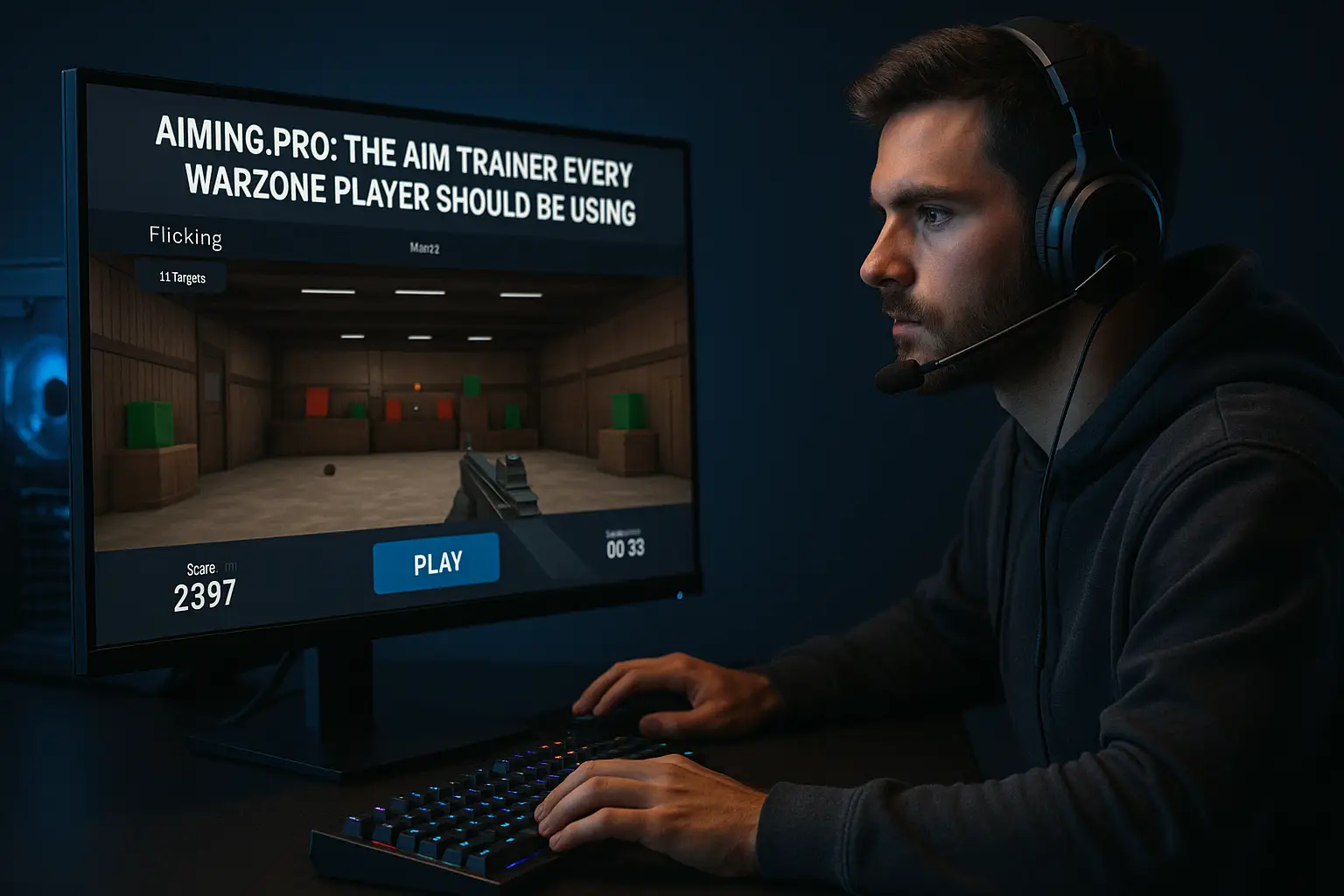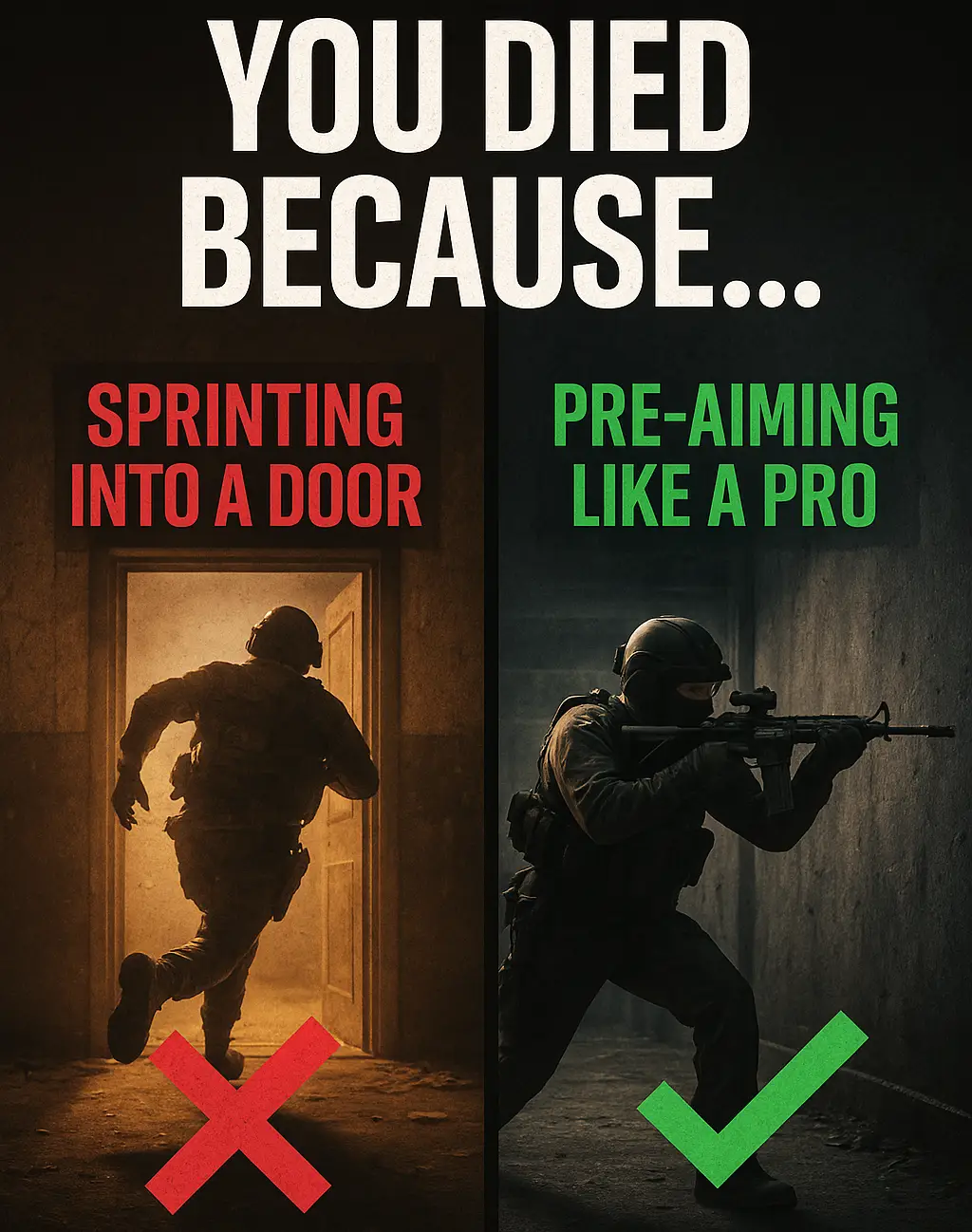
5 Tips to Master the Warzone COD Tactical Layout
Why Every Pro Player Uses the Tactical Layout in Warzone COD What Is the Tactical Layout and How Does It
Surviving the DMZ: Top Survival Tips for Call of Duty DMZ is your go-to guide for mastering the essentials. In this article, I break down practical, easy-to-follow methods that can elevate your gameplay and boost your chances of survival. Whether new to DMZ or a seasoned operator seeking a new edge, this blog combines real experience with solid research, giving you the tools to outlast the competition.
Table of Contents
ToggleThe DMZ in Call of Duty features five distinct maps: Al Mazrah, Vondel, Koschei Complex, Building 21, and Ashika Island. Each map presents unique challenges where your survival depends on tactical decision-making, thoughtful route planning, and quick adaptability. I’ll break down the key elements of the zone, including its layout, unique risk factors, and the balance between offensive and defensive maneuvers. Understanding these basics is the starting point for developing a more nuanced strategy in the game.
In DMZ, you must learn how to recognize familiar landmarks and random enemy encounters. Understanding map knowledge and enemy behavior helps you take more calculated risks while avoiding unnecessary confrontations.
In addition to essential awareness, advanced players often check out the maps’ indicators that can signal enemy movements. Spending extra time familiarizing yourself with the structural patterns of buildings and natural cover can give you a well-rounded feel for enemy strategies.
Taking occasional risks to explore hidden corners of the map might reveal positions for early engagement or a safe retreat. While these techniques require patience and experience, they often pay off in intense firefights. The more you understand these details, the more intuitive your reactions become during critical moments.
This section focuses on selecting the right gear for your DMZ missions. I share advice on equipment loadouts that many players have found useful. My recommendations cover weapon choices, armor, and consumables that support a balanced and effective play style.
Weapon Loadouts: Choose weapons that offer both reliability and versatility. Automatic and sniper rifles have advantages, depending on your role within the team. I suggest testing various options in practice modes before committing to a particular loadout.
Protective Gear: Equip yourself with some armor. Make a three-plate med vest at the buy station after you loot and find all the necessary ingredients.
Utility Items: Medkits, grenades, and other tactical equipment are vital. Carefully consider which utilities complement your approach in the field. Your decisions on gear fundamentally shape how you respond in unexpected situations.
Choosing the right equipment is not solely about personal preference. It is strategic. When crafted carefully, each gear component can offer a slight edge in the unpredictable environment of the DMZ.
This section jumps into tactics that can help you survive and succeed in the game. Tactical decisions come before even pulling the trigger, and planning your moves can give you an edge in many encounters.
Pre-Mission Planning: Know your mission objectives and identify areas of potential risk. I recommend studying the map and planning your entry and exit points. Starting with a clear vision of your objectives reduces chaos when the mission begins.
Route Management: Use alternative pathways to avoid enemy hot spots. Learning the terrain and practicing a variety of paths helps. Changing your route periodically keeps opponents guessing about your plan.
Engagement Methods: Clear communication and quick decision-making are key when a confrontation becomes unavoidable. I advise using both long-range and short-range tactics. For instance, long-range can secure the perimeter, while close combat tactics prepare you for unexpected encounters.
Environmental Usage: Make full use of the terrain. Playing near cover or high ground provides advantages, whether attacking or defending. Adjusting your strategy based on the current environment keeps you flexible.
A lot of players have turned their in-game observations into successful strategies. For example, if you identify a frequently used enemy route, you can set up an ambush by positioning yourself in an unexpected but tactically significant location. Similarly, when caught off guard, practicing the switch from stealth approaches to more aggressive maneuvers can be an effective counterattack.
These adjustments are all about using every available resource and making the most of the limited time when decisions must be made quickly. This combination of map awareness, quick thinking, and adaptability often sets top performers apart.
Continuous improvement is fundamental to long-lasting success in DMZ. I share actionable advice on evaluating your performance and refining your techniques for better results. Developing a routine of reviewing game footage or discussing tactics with other players has helped me learn from each encounter.
1. Choosing the Right Loadout
Your equipment choices form the foundation of your strategy. Experiment with combinations that play to your strengths and match your game style. Depending on your opponents and mission specifics, adjustments may be necessary from one match to the next.
2. Mastering the Map
Understanding the map layout lets you predict enemy behavior and plan optimal routes. I suggest memorizing key locations and learning where potential ambushes might occur.
3. Communication and Team Coordination
Even if you generally play solo, coordinating with teammates significantly increases your chances. Use in-game voice chat or markers to share intel. Clear, concise communication can lead to more effective teamwork and a better understanding of the battlefield.
4. Adapting to Change
Situations in the DMZ can change quickly. Success in DMZ depends on your ability to think on your feet and switch strategies in real time. Stay sharp and ready. Practice situational awareness to spot changes early and modify your strategy as needed.
If you are ready to test these strategies, it is time to jump into the game and hone your skills. Set aside dedicated time for practice sessions. This consistent approach will improve your reflexes, map knowledge, and overall tactical planning.
The more you get involved with the game, your instincts will develop. I have seen significant improvements in my gameplay simply from repeated practice and a willingness to try new methods. Every match is an opportunity to refine your judgment and perfect your loadouts.
Your insights and experiences are valuable. I invite you to share feedback, ask questions, and discuss your favorite survival tactics in DMZ.
Comments and discussions help create a community where players learn from one another. Sharing experiences not only boosts your understanding but also helps other players step up their gameplay
Thanks for reading “Surviving The DMZ: Top Survival Tips For Call Of Duty DMZ.” If you liked it, read Why Do Some DMZ Keys Have Three Strips?
Happy Gaming!

Why Every Pro Player Uses the Tactical Layout in Warzone COD What Is the Tactical Layout and How Does It

Best Aim Trainer for Warzone (Aiming.pro): Why Every Player Should Be Using It If you’re looking for the Best Aim

Warzone Sprint-to-Fire Delay Explained (Top 5 Secrets to Win More Fights in 2025) Field Brief: Understanding Warzone Sprint-to-Fire Delay “The